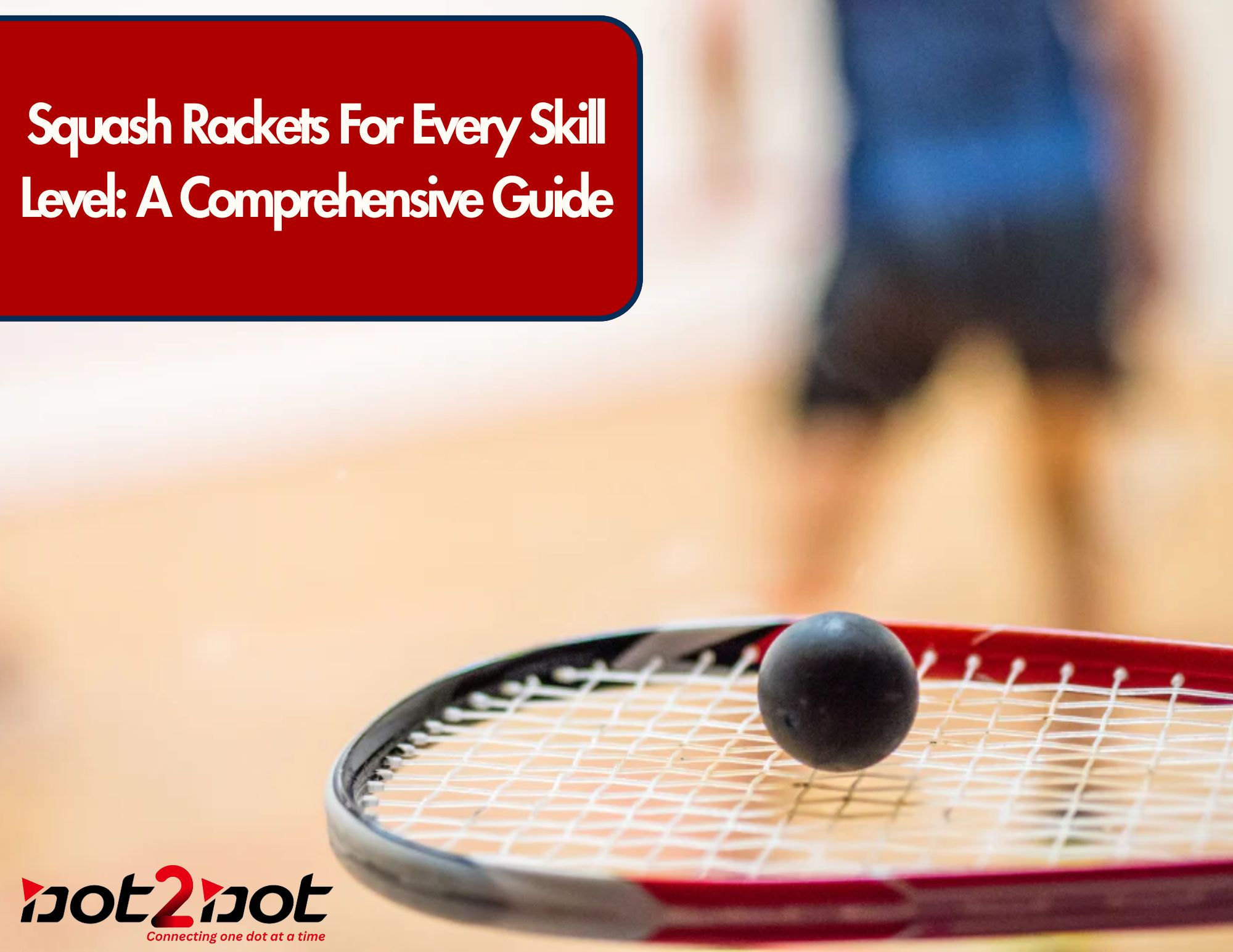Squash, a dynamic and fast-paced sport, demands precision, agility, and the right equipment. At the heart of this equipment is the squash racket—an essential tool that significantly impacts a player’s game. Whether you’re a seasoned player or a beginner looking to delve into the world of squash, understanding the nuances of squash rackets is crucial.
Anatomy of a Squash Racket
1. **Frame**: The frame of a squash racket is typically made from lightweight yet durable materials such as graphite, carbon fiber, or composite materials. These materials provide strength while ensuring the racket remains maneuverable and responsive.
2. **Strings**: The strings on a squash racket, similar to those on a tennis racket, are crucial for ball control and power generation. Most rackets use synthetic strings, although natural gut strings are also available for players seeking premium performance.
3. **Grip**: The grip of a squash racket is where the player holds the racket during play. It’s important for the grip to provide comfort, control, and absorb moisture to prevent slipping during intense rallies.
Choosing the Right Squash Racket
Selecting the ideal squash racket involves considering several key factors:
– **Weight**: Rackets typically range from 110 grams to 170 grams. Lighter rackets offer more maneuverability, while heavier ones provide more power. The choice depends on your playing style and strength.
– **Balance**: Rackets are categorized into head-heavy, head-light, or evenly balanced. Head-heavy rackets offer more power, head-light rackets enhance control and maneuverability, while balanced rackets strike a middle ground.
– **String Tension**: The tension of the strings affects the feel and responsiveness of the racket. Higher tension provides more control but reduces power, whereas lower tension increases power but decreases control.
– **Grip Size**: Choosing the right grip size ensures comfort and control. A grip that’s too small can cause discomfort and lack of control, while one that’s too large can affect maneuverability.
Maintaining Your Squash Racket
Proper maintenance ensures your racket performs optimally and lasts longer:
– **String Care**: Check string tension regularly and restring when necessary to maintain performance.
– **Frame Care**: Avoid exposing the racket to extreme temperatures or impacts that could damage the frame.
– **Grip Care**: Clean the grip regularly to prevent buildup of sweat and dirt, which can affect your hold on the racket.
Conlusion
Choosing a squash racket involves understanding your playing style, preferences, and skill level. Whether you prioritize power, control, or maneuverability, there’s a racket that suits your needs. By maintaining your equipment and choosing wisely, you can enhance your performance and enjoyment of this exhilarating sport.
In conclusion, the squash racket is not just a tool but an extension of the player’s skill and strategy. Investing in the right racket and caring for it properly can make a significant difference in your game. Embrace the world of squash rackets, and let your game soar to new heights!


